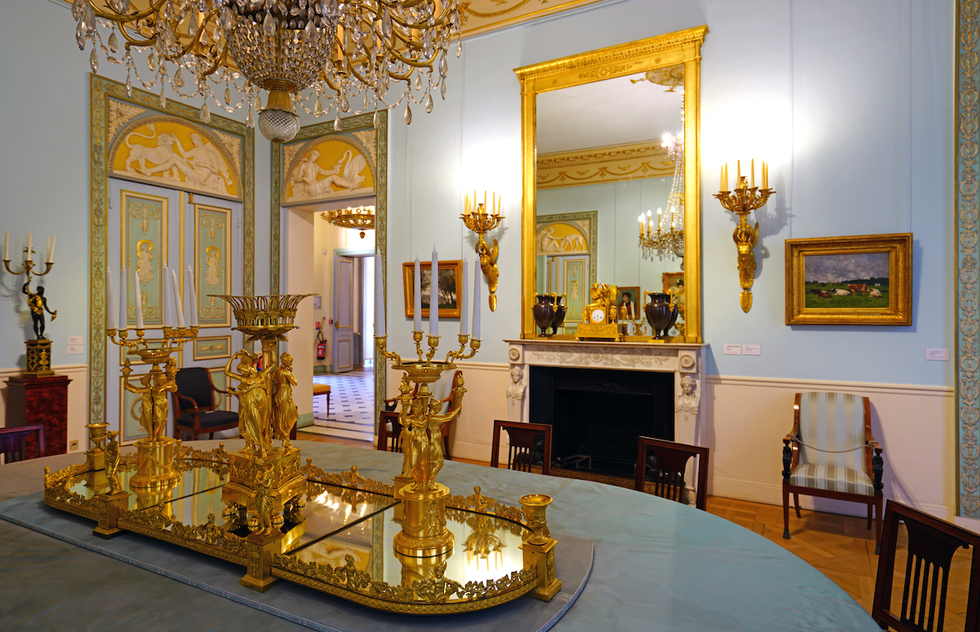Boasting the world’s largest collection of Monets, this museum offers an in-depth look at this prolific genius and some of his talented contemporaries. Among the dozens of Monet's canvases is the one that provided the name of an entire artistic movement. Pressed to give a name to this misty play of light on the water for the catalog for the 1874 exposition that included Cézanne, Pissarro, Renoir, and Degas, Monet apparently said, “Put ‘impression.’” The painting, Impression, Sunrise, certainly made one, as did the show—thereafter the group was referred to as the Impressionists. Monet never stopped being fascinated with the interaction of light and water, be it in a relatively traditional portrait of his wife and daughter against the stormy sea in On the Beach at Trouville, or in an almost abstract blend of blues and grays in Charring Cross Bridge. Monet was also interested in light’s transformation; he often painted the same subject at different times of the day. One of his famous series on the Cathedral of Rouen is here: Effect of the Sun at the End of the Day. Fans of the artist’s endless water-lily series will not be disappointed; the collection includes dozens of paintings of his beloved garden in Giverny.
Paintings by Renoir, Sisley, Degas, Gauguin, and other contemporaries can also be seen in the light-filled rooms of this 19th-century mansion, which belonged to art collector Paul Marmottan. Upstairs is a room dedicated to the only female member of the group, Berthe Morisot, known for her intimate portraits and scenes of family life.






 About our rating system
About our rating system


